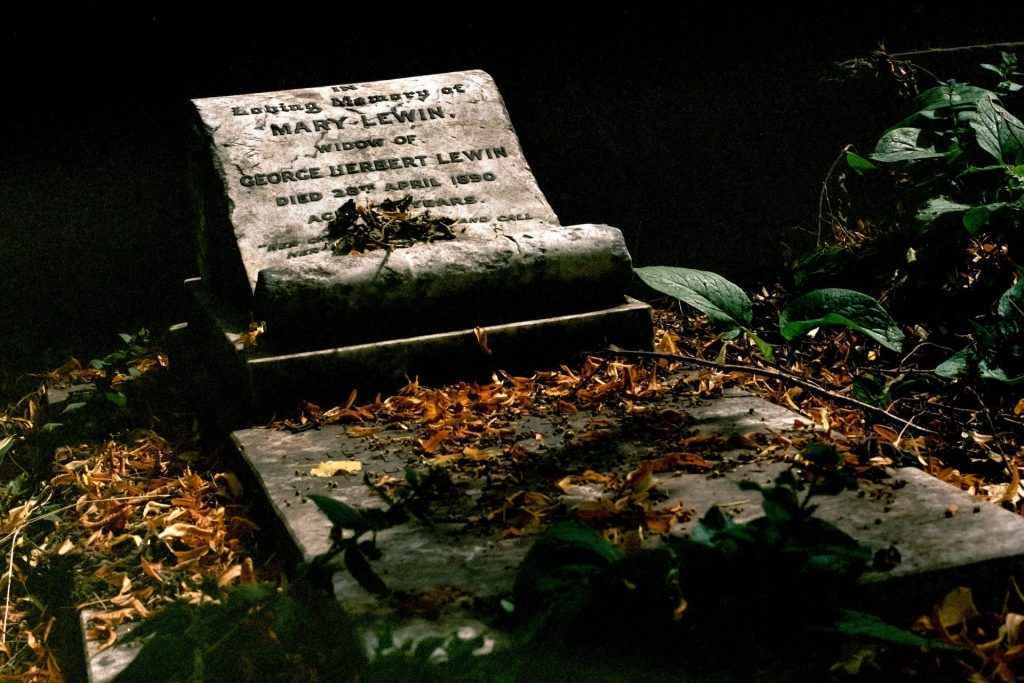
Marking The Spot
Memorials
According to the Oxford English Dictionary, a memorial is ‘a statue or structure established to remind people of a person or event’.
We think that, more broadly, a memorial is physical evidence that someone once had a physical existence here on Earth. It proclaims that fact enduringly.
The more eye-catching the memorial, the more loudly and publicly it proclaims the life of that person. Think of The Albert Memorial, that ornate expression of the love and grief of Queen Victoria for her lost husband.
In contrast, the Commonwealth War Graves are uniform in size and shape and minimal inscription. This simplicity speaks powerfully of our equality in death.
Memorials have a vocabulary of their own.
A memorial keeps that person in mind, perpetuates their memory. It remains an enduring point of contact with them, somewhere connected with them. Walk through any churchyard or cemetery and the physical reminders of lives lived long ago are all around you.
Stone structures and sculptures are what come to mind when thinking of memorials, but a memorial doesn’t have to be a headstone or an obelisk. It can be a plant, a shrine, a tree, a cairn, an altar. It doesn’t have to be outdoors.
A memorial can be anything, just so long as it is something.
You are not confined to just one memorial, either. You can both mark the spot of a grave or ashes plot with something physical and also keep memory alive at another location, or in other ways, privately or publicly.
So, a memorial can also be a folly, a charitable trust, a web page, a campaign, a horse-race, a half-marathon or a drop-in centre. It can be a food bank, a community service, whatever you are inspired to create.
It is a matter for your individuality and wallet.
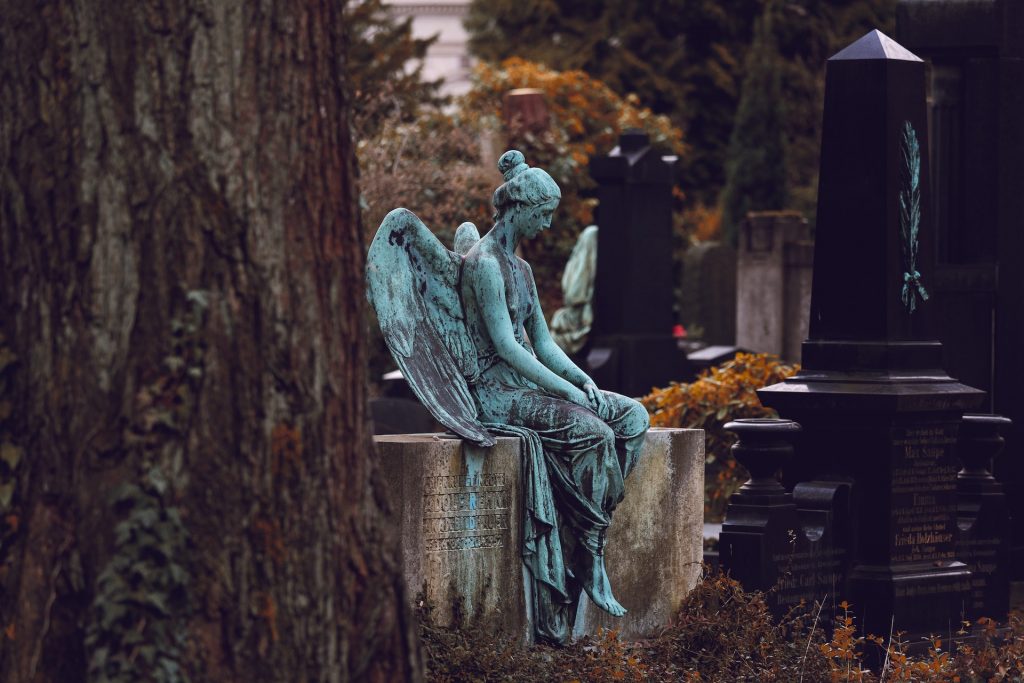
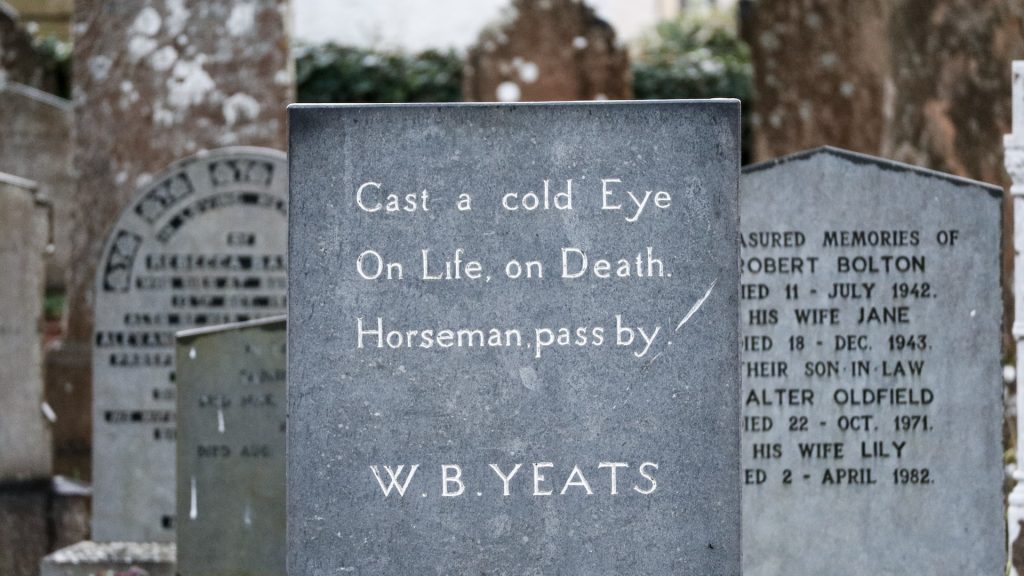
Conventional ways of marking the spot
The conventional memorial is a headstone for a grave or, in the case of ashes buried or scattered in a cemetery, a tablet or plaque, a rosebush or a bench, whether marking the spot or situated nearby.
Find good and comprehensive information about gravestones here.
An off-the-peg headstone
Granite headstone are the favourites, in black, grey, blue or red. Next is marble. In any cemetery, headstones in these materials are the overwhelming favourites. Some people don’t think they fit in; others think they are very nice. What’s more they do not weather and granite is very easily wiped clean. Marble turns black.
98% of all granite and some marble headstones are quarried in China and India. In India, particularly, working conditions are horrendous. Bonded and slave labour are commonplace. Children are employed from the age of 12. Accidents and deaths are normal. This is why Indian granite is 20%-50% cheaper than British granite. If this exploitation concerns you, make sure the stone you buy is quarried in Britain. Interrogate your funeral director or monumental mason.
If you want to be sure, you can search for Cerrig Granite and Slate Ltd, one of the very few suppliers of memorial headstones made from British stone. (They can also engrave memorials)
If you want a headstone that’s a little out of the ordinary, or an inscription that some might find startling, you should check first with cemetery management. Church-owned burial grounds will be much, much harder to satisfy in matters of choice and shape of stone, and inscription.
Lots of really useful advice here.
Your monumental mason will advise you about all your options, as well as all the rules and regs. Find a monumental mason here:
The National Association of Memorial Masons – http://www.namm.org.uk/. Ring 01788 542264
The British Register of Accredited Memorial Masons (BRAMM) – http://www.bramm-uk.org/index.php . Ring: 01788 544963
A bespoke headstone
If you would like a bespoke headstone there are stone carvers and lettercutters who will make you one and do exactly as you ask. Such a headstone will be much more expensive and a thousand times more beautiful and personal. Average cost: £3,000. The sky’s the limit, of course. Here are some top people.
Will and Lottie O’Leary — Husband and wife team on the Welsh border using native stone.
Fergus Wessel at the Stone Workshop — Superb lettercutter and classically handsome headstones.
Dominic Ropner at Time Circles — Rugged indigenous boulders and headstones made from river-washed stones.
A somewhere between an off-the-peg and a bespoke headstone
For an individual headstone made from British stone which won’t cost you the earth or anything like, have a look at People’s Tribute. Their Welsh slate headstones and memorial plaques are very good to look at and surprisingly affordable.
Can you put up a memorial that doesn’t mark the spot?
If you feel a strong need to erect a memorial, even if it cannot not mark the exact spot where your person’s body or ashes are buried, you can of course do that and perhaps derive great solace from it.
There are all sort of options available to you.
One or other of the following options may, you may feel, be more satisfying than erecting a headstone at the grave.

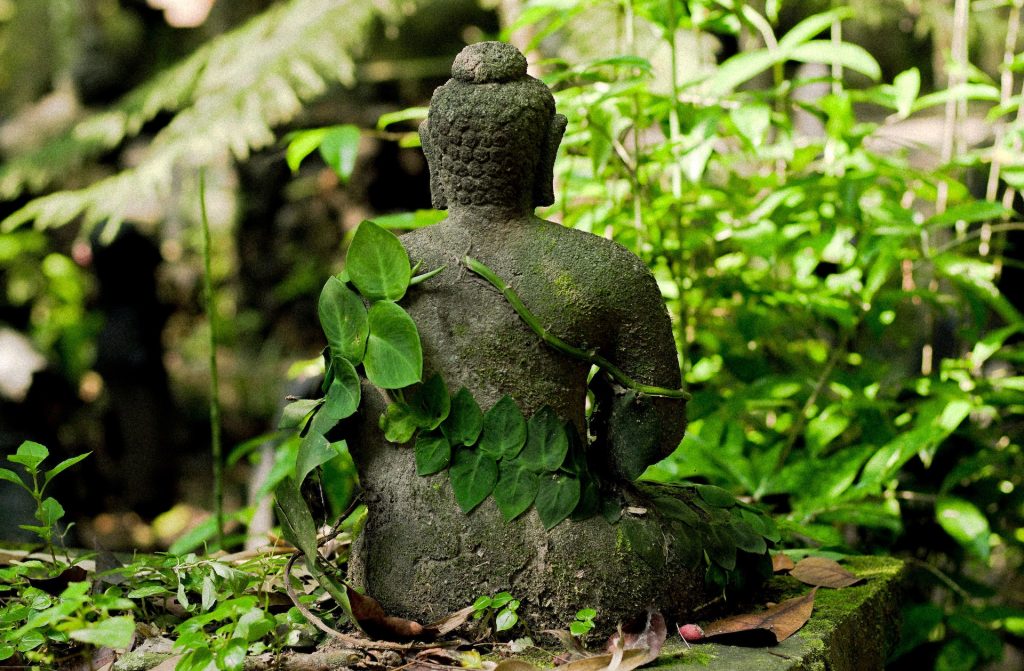
A garden memorial
Create a memorial in your garden. Your options are boundless. You can commission a piece of sculpture and keep the ashes in it and have it inscribed.
You can dig a special flower bed or vegetable plot. You can plant a tree, make a shrine, instal a bench, create a herb garden, build a cairn.
The great thing about a memorial in the garden is that it is physically close. If you move, you can take it with you. It is a very powerful symbol — the more so if it contains the ashes.
Chris Nangle makes beautiful, strong, oak benches in Shropshire. He’s also a carver and a lettercutter. He’s a craftsman and he’s a very nice man. Find his website here.
Darren Williams runs the company Urns for Ashes and offers a range of garden urns and sculptures – have a look at his website for ideas and advice.
More ideas and suggestions can be found on the excellent Scattering Ashes website.
An online memorial
You can create a memorial in cyberspace. It is the greenest memorial available.
Choosing a dependable host site for your website is fraught with difficulty. First, many such sites have already foundered with all memories on board, so you’ll need to find a host site which isn’t going to go broke or stop upgrading.
Second, a good many web developers have identified online memorial hosting as a money-spinner, so there’s a danger of being exploited.
Thirdly, a memorial site is potentially fertile ground for identity thieves, especially those sites which let anyone wander into anyone’s memorial. You need to be sure that any site you like the look of has robust authentication and privacy controls and is effectively monitored.
Three factors determine the quality of an online memorial site:
ethics – including privacy safeguards
functionality – how does it drive? How fast does it go? Is it well-equipped? Does it look good?
a firm financial foundation.
Type ‘online memorial’ into your search engine to find out what’s out there.
We recommend just one memorial site, and we do so without reservation:
MuchLoved: www.muchloved.com. It is a registered charity; it is free – and it is a signatory of the Online Memorial Code of Ethics: thememorialcode.org. In terms of functionality, it outstrips its competitors.
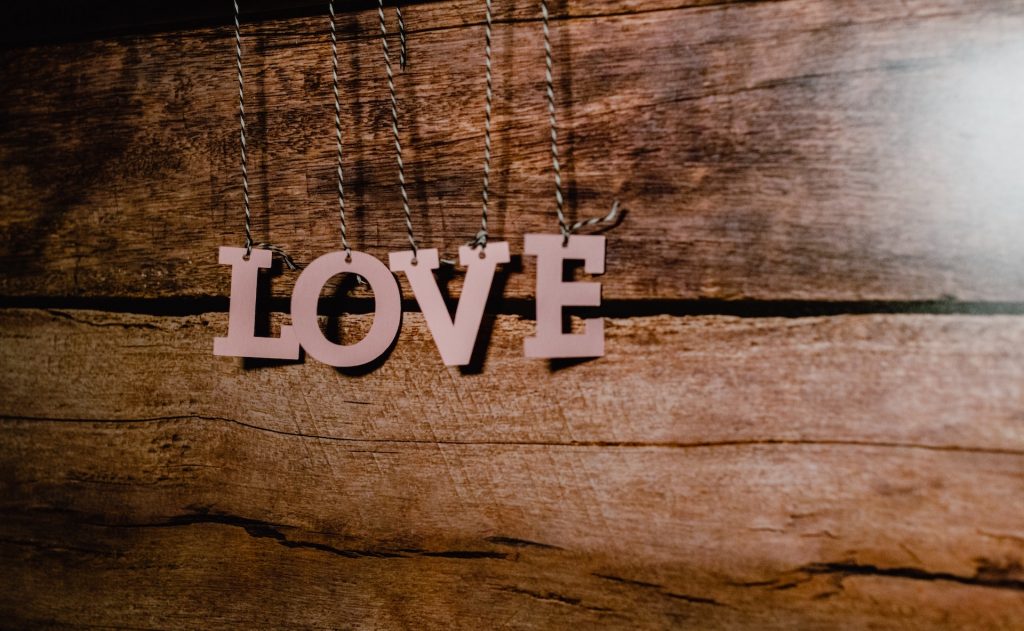
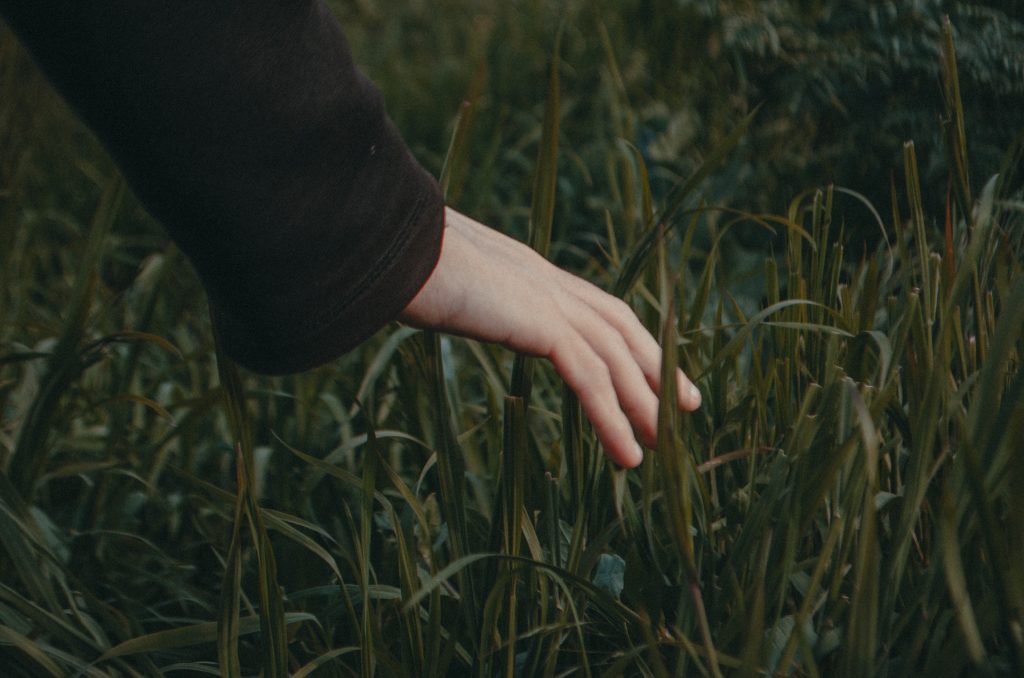
Grave tenders
If, for whatever reason, you find it difficult to tend a grave or memorial, there is a growing army of grave tenders out there who will do it for you, and send you a photo to prove that they did.
Type ‘grave-tending’ into your search engine.
We’d love your support
As a Community Interest Company, the Good Funeral Guide exists to benefit the community and to fulfil a social purpose. We rely on donations and goodwill to continue to do our work.
If you find our website helpful, please consider making a donation to help keep us going.
And if you’d like to support us while joining a community of like-minded people, why not consider joining the Good Funeral Guild?
